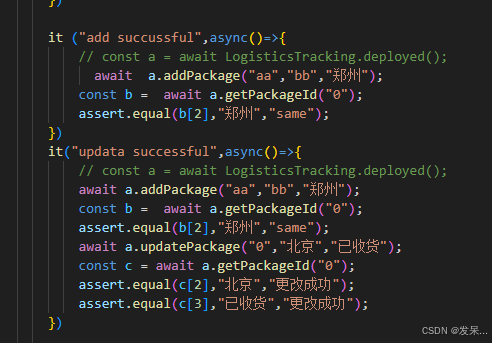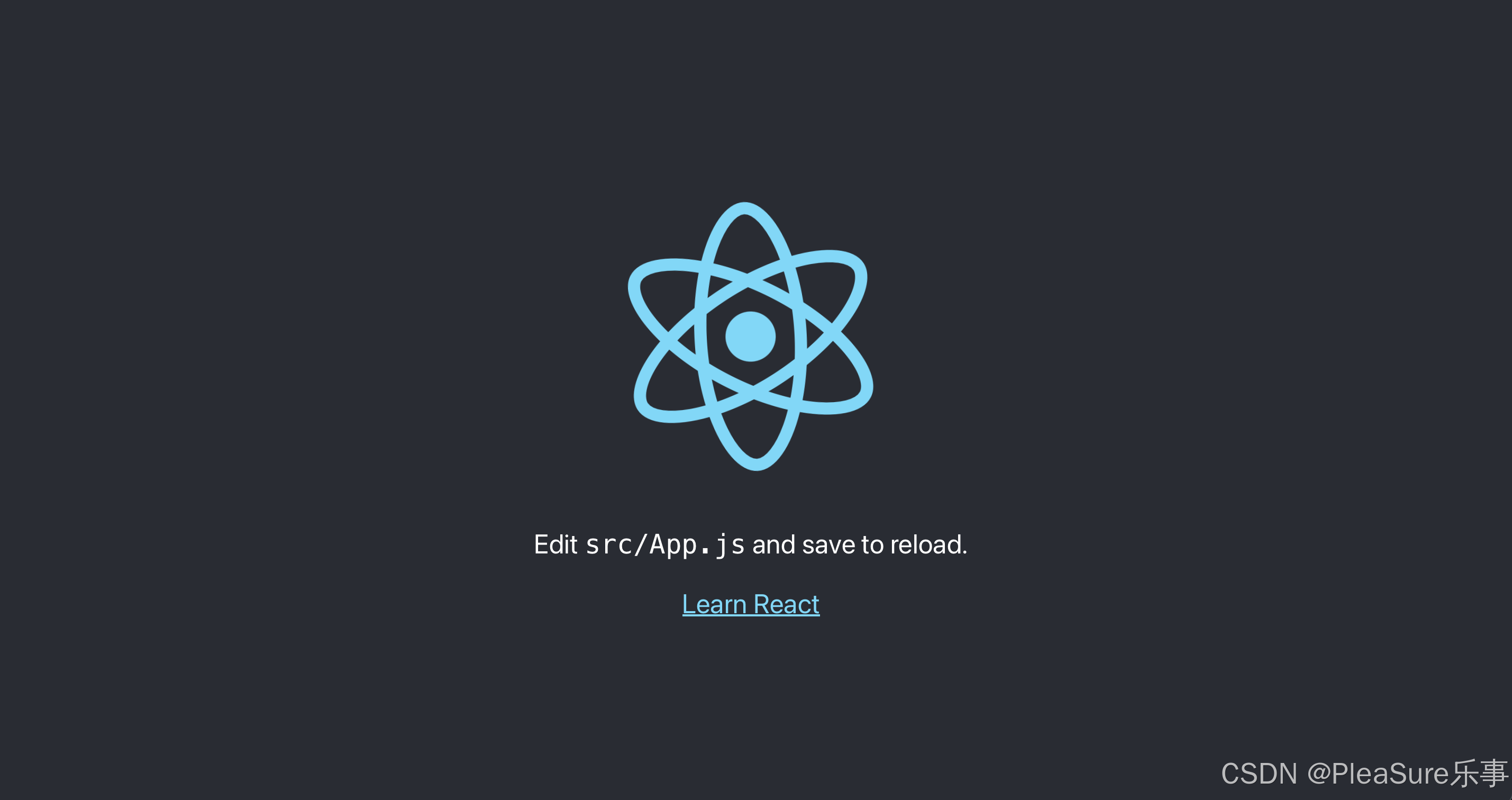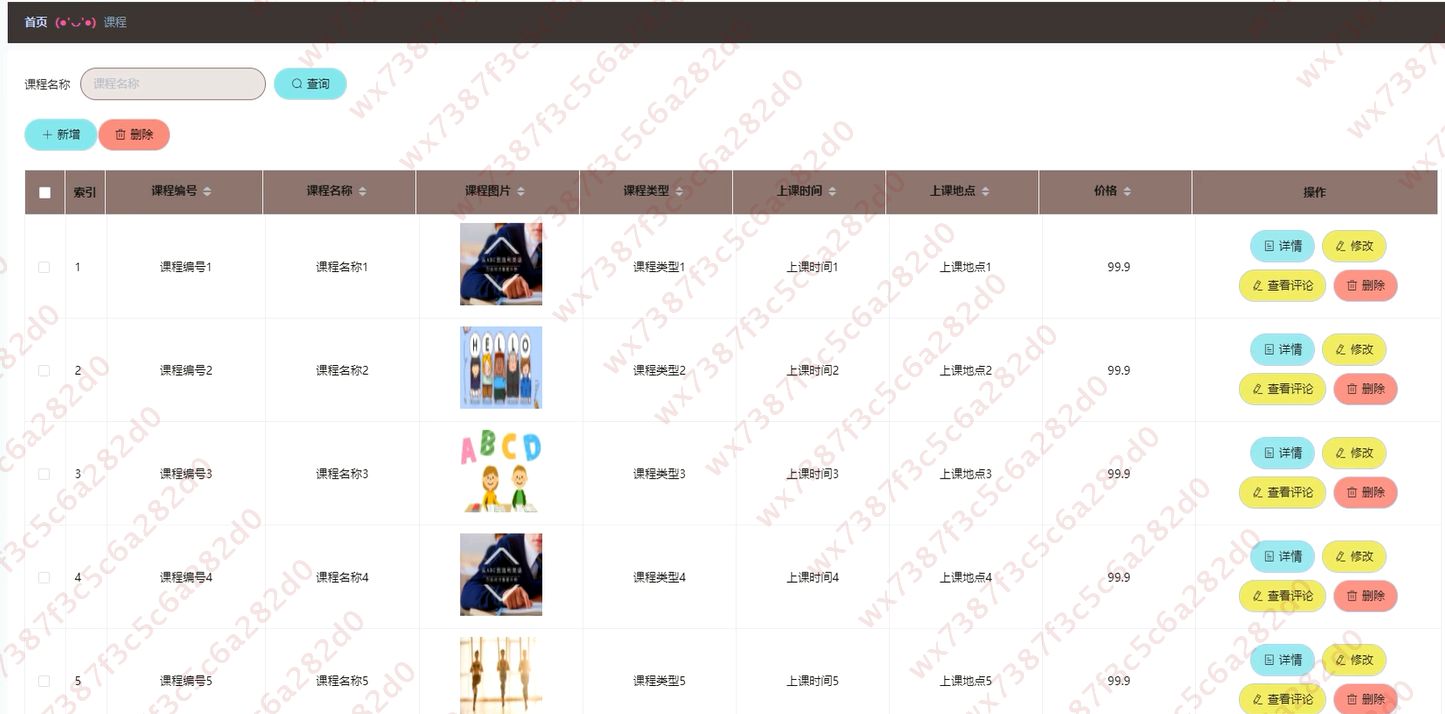association例子演示
- 实体类演示
-
@Data //书籍 public class Book { private String id; private String name; private String author; private Double price; private Integer del; private Date publishdate; private String info; //把出版社对象当作属性 private Publisher pub;//------重点在这里一本书对应一个出版社,这是一个出版社对象 }@Data //出版社 public class Publisher { private String id; private String name; private String phone; private String address; }xml type是实体类的路径 jdbctype 省略即可
-
如果数据库中的字段类型和 Java 对象的属性类型一致,可以省略 jdbcType 属性。但是,在数据库和 Java 对象之间存在类型差异时,使用 jdbcType 属性来指定数据库字段的类型是非常必要的。
-
<resultMap id="rMap_book" type="com.wang.test.demo.entity.Book"> <!-- 主键 property为实体类属性 column为数据库字段 jdbcType为实体类对应的jdbc类型--> <id property="id" column="b_id" jdbcType="VARCHAR"></id> <!-- 普通属性 property为实体类属性 column为数据库字段 jdbcType为实体类对应的jdbc类型--> <result property="name" column="b_name" jdbcType="VARCHAR"></result> <result property="author" column="author" jdbcType="VARCHAR"></result> <result property="price" column="price" jdbcType="VARCHAR"></result> <result property="del" column="del" jdbcType="NUMERIC"></result> <result property="publisherid" column="publisher_id" jdbcType="VARCHAR"></result> <result property="publishdate" column="publish_date" jdbcType="TIMESTAMP"></result> <!--一对一映射association property 为实体类book中的属性名字 javaType为实体类属性的类型 --> <association property="pub" javaType="com.wang.test.demo.entity.Publisher"> <id property="id" column="p_id" jdbcType="VARCHAR"></id> <result property="name" column="name" jdbcType="VARCHAR"></result> <result property="phone" column="phone" jdbcType="VARCHAR"></result> <result property="address" column="address" jdbcType="VARCHAR"></result> </association> </resultMap>
collection例子
@Data
//班级类
public class Class {
private String id;
private String name;
private List<Student> students;//----重点在这里,一个班级对应多个学生
}
@Data
public class Student {
private int id;
private String name;
private int age;
}
<resultMap id="rMap_class" type="com.wang.test.demo.entity.Class">
<id property="id" column="id" jdbcType="VARCHAR"></id>
<result property="name" column="name" jdbcType="VARCHAR"></result>
<!--一对多映射用这个 ofTyp是一对多的集合的所存放的实体类 javaType实体类的属性类型-->
<collection property="students" ofType="com.wang.test.demo.entity.Student" javaType="list">
<id property="id" column="id" jdbcType="INTEGER"></id>
<result property="name" column="name" jdbcType="VARCHAR"></result>
<result property="age" column="age" jdbcType="INTEGER"></result>
</collection>
</resultMap>
项目实战中的例子
<select id="findServeIconCategoryByRegionId" resultMap="ServeCategoryMap">
SELECT
type.id as serve_type_id,
type.name as serve_type_name,
type.serve_type_icon,
serve.city_code,
serve.id as serve_id,
item.id as serve_item_id,
item.name as serve_item_name,
item.serve_item_icon,
item.sort_num as serve_item_sort_num
FROM
serve
inner JOIN serve_item AS item ON item.id = serve.serve_item_id
inner JOIN serve_type AS type ON type.id = item.serve_type_id
WHERE
serve.region_id = #{regionId}
AND serve.sale_status = 2
ORDER BY
type.sort_num,
item.sort_num
</select>
<!--手动的映射-->
<resultMap id="ServeCategoryMap" type="com.jzo2o.foundations.model.dto.response.ServeCategoryResDTO">
<!--id映射主键字段-->
<id column="serve_type_id" property="serveTypeId"></id>
<!--result映射普通字段-->
<result column="serve_type_name" property="serveTypeName"></result>
<result column="serve_type_icon" property="serveTypeIcon"></result>
<result column="city_code" property="cityCode"></result>
<!--column 数据库中的字段名-->
<!--property 实体类中对应的属性 该关键字可以省略... -->
<!--ofType 是javaType中的单个对象类型-->
<collection property="serveResDTOList" ofType="com.jzo2o.foundations.model.dto.response.ServeSimpleResDTO">
<id column="serve_id" property="id"></id>
<result column="serve_item_id" property="serveItemId"></result>
<result column="serve_item_name" property="serveItemName"></result>
<result column="serve_item_icon" property="serveItemIcon"></result>
<result column="serve_item_sort_num" property="serveItemSortNum"></result>
</collection>
</resultMap>一种比较复杂的结果集映射
ResultMap collection多层嵌套使用_一个resultmap中有多个collection-CSDN博客文章浏览阅读1.2w次,点赞14次,收藏60次。ResultMap collection多层嵌套使用ResultMap介绍在Mybatis使用中,ResultMap是最复杂的一种结构,也是功能最强大的结构之一。通过ResultMap能够将复杂的1对多的结果集映射到一个实体当中去,可以借助Mybatis来将复杂结构的数据对象映射到一个结果集中组装好。结构ResultMap有3个属性,如下:https://blog.csdn.net/qq_20377675/article/details/103396537?fromshare=blogdetail&sharetype=blogdetail&sharerId=103396537&sharerefer=PC&sharesource=2201_75600005&sharefrom=from_link



















